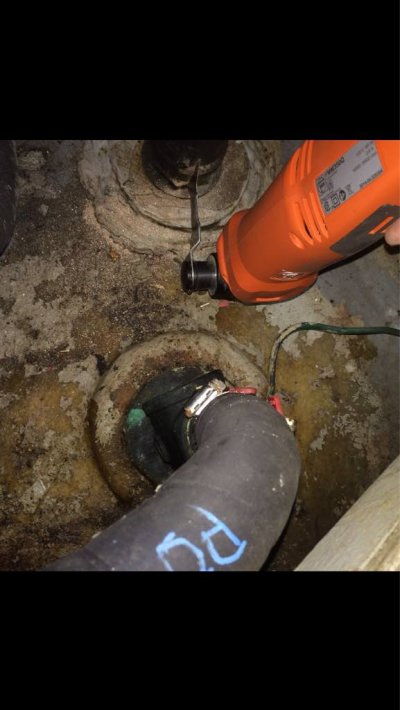angus99
Guru
I've read the excellent Compass Marine how-to articles and am getting closer to a go/no-go decision on replacing all the seacocks and through hulls on Stella. My reasons are: the original Groco SVs are nearing 30 years of age. They still work but Groco stopped making parts for them 20 years ago. They are not through-bolted that I can see; apparently they are held in place by the threaded couplings with the through hulls and a lot of 5200. A few of the wooden backing plates are deteriorating; I'd prefer fiberglass backers glassed to the hull. Finally, although I might get a couple more years out of them, the boat's on the hard and I can do the work now vs in 2 years when I haul her again. (as you can tell, I'm still trying to rationalize a large, time-consuming project.) 
So with all that as preamble, I'm confident in my ability to install the new ones. Just wondering what I'm in for removing the old ones--especially detaching the old backing plates from the hull/sea chest and breaking the 5200 bond--if it is 5200. Anybody done this? I have a Fein Multimaster and thought I might be able to cut through the adhesive with that.
So with all that as preamble, I'm confident in my ability to install the new ones. Just wondering what I'm in for removing the old ones--especially detaching the old backing plates from the hull/sea chest and breaking the 5200 bond--if it is 5200. Anybody done this? I have a Fein Multimaster and thought I might be able to cut through the adhesive with that.

